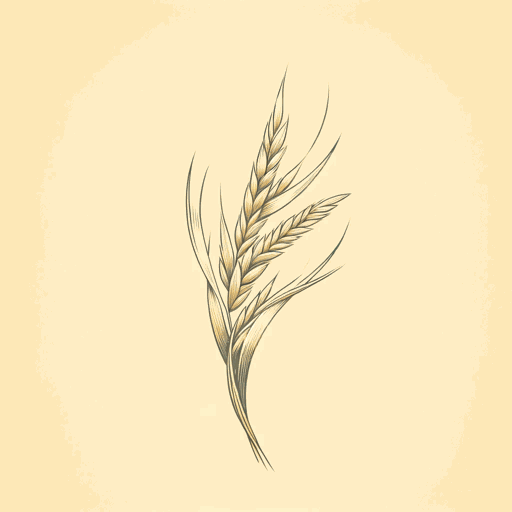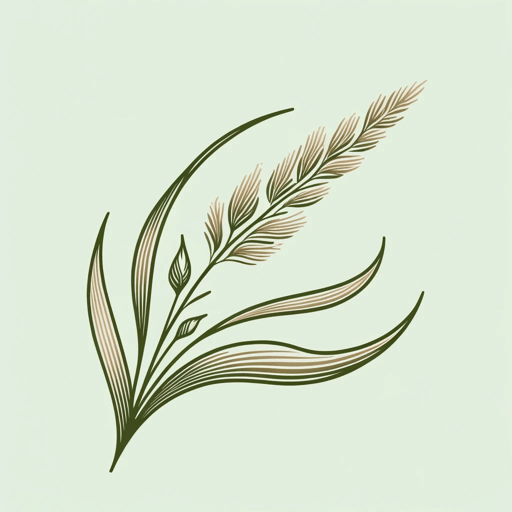95 pages • 3 hours read
Robin Wall KimmererBraiding Sweetgrass: Indigenous Wisdom, Scientific Knowledge, and the Teachings of Plants
Nonfiction | Book | Adult | Published in 2013A modern alternative to SparkNotes and CliffsNotes, SuperSummary offers high-quality Study Guides with detailed chapter summaries and analysis of major themes, characters, and more. For select classroom titles, we also provide Teaching Guides with discussion and quiz questions to prompt student engagement.
Reading Context
Use these questions or activities to help gauge students’ familiarity with and spark their interest in the context of the work, giving them an entry point into the text itself.
Short Answer
1. What do people mean when they talk about “Indigenous” science? In what ways is this the same as and different from “Western” science?
Teaching Suggestion: Depending on your students’ backgrounds, they may have little or no knowledge about the existence of Indigenous science and its characteristics. Western preconceptions about Native ways of knowing can result in biased discussion; you may wish to prepare students with information from one or both of the resources below or similar sources before you open the floor to discussion, to minimize class time spent navigating the emotional and educational impact of students expressing misinformation in front of their peers.
- This brief factsheet from the Worldwide Indigenous Science network offers key ideas to understand about Indigenous science.
- This 10-minute video is a TED talk in which Bardi-Kija-Nyul Nyul man Albert Wiggan argues for the value of Indigenous science.
2. In what ways might Indigenous science be especially helpful in tackling environmental problems such as climate change? How is this a reflection of Indigenous approaches to science rather than a reflection of stereotypes about Native peoples’ relationship to nature?
Related Titles
By Robin Wall Kimmerer


